- Author Jason Gerald [email protected].
- Public 2024-01-31 09:30.
- Last modified 2025-01-23 12:04.
Sometimes, the only way to fix an unresponsive computer is to force it shut down. However, this step can damage the currently open program. Therefore, before forcibly shutting down the computer, try other ways to solve the problem first. Follow the steps in this article in order so that you can try to save the work and keep the program stable. If your computer still feels sluggish after restarting, or doesn't respond again, you can follow the steps below to fix it.
Step
Method 1 of 2: Force Shutdown an Unresponsive Mac
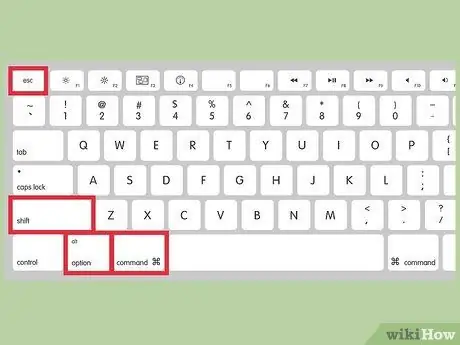
Step 1. Force close unresponsive apps first
Generally, one unresponsive application can cause the entire system to not respond. Try the following steps to turn off the application. Force-closing unresponsive applications, instead of forcibly shutting down your Mac, can prevent damage to other programs.
- Press and hold Command + Shift + Option + Esc to close the currently active program. The name of the active program will appear in the upper-left corner of the screen.
- Or, press Command + Option + Esc to open the Force Quit window. Use the and keys to select a program to close, then press Return to forcibly close the program.
- If the computer shows no change after 10 seconds, continue to the next step.
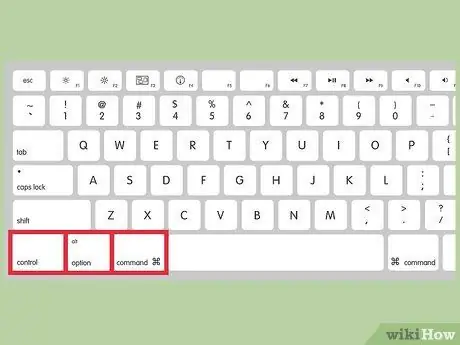
Step 2. Use the shortcut to shut down the computer
Press Power + Control + Option + Command simultaneously to close all active programs and restart the computer.
- If your keyboard has an Eject button, you can also press that button instead of the Power button.
- If you have unsaved changes to a particular application, you will be prompted to save the changes before you can restart the computer. Try pressing Return if the cursor doesn't move.
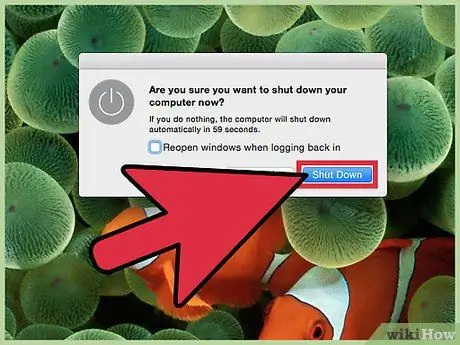
Step 3. Hold down the Power button for five seconds to force shut down the Mac, even if certain apps can't be closed
You'll lose unsaved changes, and even open apps may crash.
If you hold down the Power button for 1.5 seconds and release it, you will see a confirmation window. Press Return to turn off the computer. While this step is safer, you may not be able to do it if all of the above steps fail
Method 2 of 2: Fixing Problems after Computer Restart
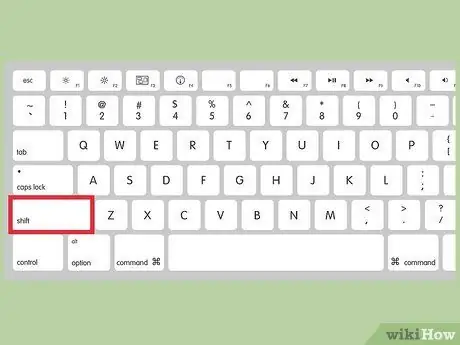
Step 1. Start the computer in safe mode
If your computer is unresponsive after a force restart, restart the computer, and press Shift as soon as you hear the initial sound. Release the buttons once you see the Apple logo. Your computer will start in safe mode, and try to fix problems with the drive.
Many applications cannot run when the computer is in safe mode. Use safe mode to perform the steps below, then return the computer to normal mode
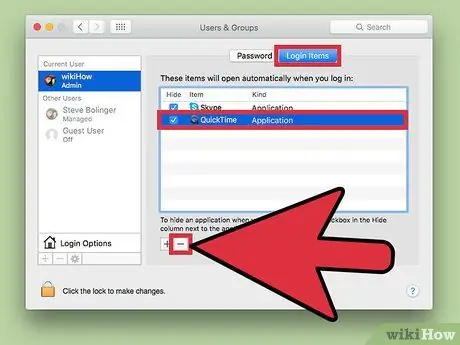
Step 2. Disable applications that open automatically when the computer starts
When the computer is in safe mode, it will not open programs automatically. To prevent certain programs from starting when the computer starts normally, follow these steps:
- From the Applications folder, select System Preferences.
- Select Users & Groups.
- Select your username on the left side of the window.
- Click the Login Items tab.
- Select the program that is causing the problem on the computer.
- Click the - button under the program list.
- Or, drag the program to the Trash to delete it.
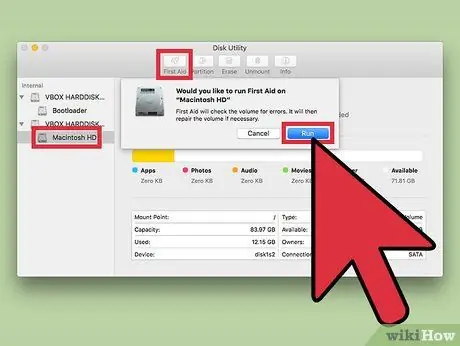
Step 3. Fix drive permissions
OS X 10.11 El Capitan provides an automatic permissions fix function. However, if you are using OS X 10.10 Yosemite and below, fixing the permissions can fix computer lags.
- From the Applications folder, select Disk Utility.
- Select your primary drive. These drives generally have a "Macintosh HD" label.
- Click First Aids.
- Click Repair Disk Permissions. This process will take a few moments, and the computer may slow down during the permissions repair.
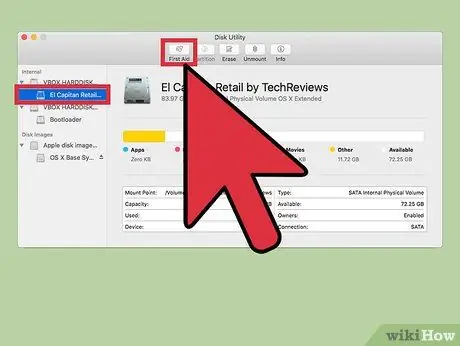
Step 4. Repair your drive
If your computer is still having problems, and the problem is not related to a specific program, follow these steps to repair the drive:
- Restart the computer, then press Command + R while the computer restarts.
- Select Disk Utilities on the home screen.
- Select your system drive, then click Repair Disk.
- Wait a few moments for the repair process to complete, then restart your computer.
- If you're using OS X 10.6 Snow Leopard or later, you'll need to start your computer from the OS X installation DVD to repair the drive.
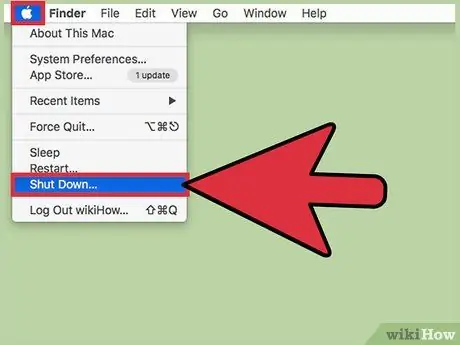
Step 5. Reset SMC (System Management Controller)
SMC works to handle all the physical components on a Mac. A faulty SMC can cause the computer to slow down, or cause the Power button to malfunction. If you have tried all the steps above without success, reset the SMC by following these steps:
-
Laptop with built-in battery:
Turn off the laptop, then connect it to a power source.
Hold down Shift + Control + left option on the keyboard.
Press the power button, release all buttons, and press the power button again.
-
Laptop with removable battery:
Turn off the laptop.
Unplug the power cord, then remove the battery from the laptop.
Hold down the power button for 5 seconds.
Reconnect the battery, then connect the laptop to a power source.
Press the power button.
-
Desktop:
Shut down your Mac, then disconnect the power cable.
Wait 15 seconds, then reconnect the power cable.
Wait 5 seconds, then press the power button.
Tips
- If your cursor is in the shape of a spinning beach ball, wait a few minutes for your Mac to complete the task you're having trouble with. Unusual drive noises can also indicate that your Mac is working hard and can fix the problem on its own. However, if your Mac is equipped with a solid-state drive, you won't hear the drive sound.
- If possible, unplug the entire drive and CD/DVD before forcibly shutting down your Mac to prevent damage to the drive/plate.
- If you are using a Windows keyboard on a Mac computer, press the alt=""Image" key to represent Option, and press the Windows key to represent Command.</li" />
- If you have tried all the steps in this article with no success, and you recently installed new RAM, try doing a memory test. To test the memory, download a third-party program such as Memtest.






